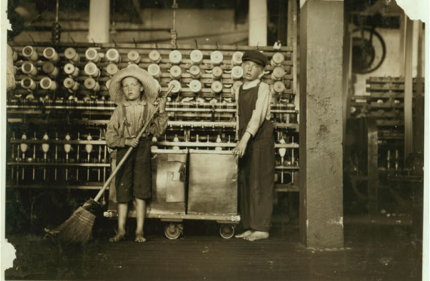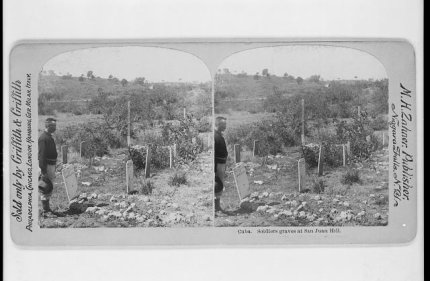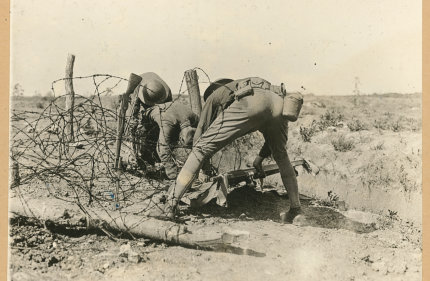
HISTORY ONLINE 24/7/365
U. S. HISTORY II RECONSTRUCTION TO PRESENT 1865-2019
Use the drop down menus in U.S.History 2 above or click the more info buttons below to visit unit pages!
While your teacher or school may do things very differently, I cover 1865 to date and divide the material based on the Virginia Standards of Learning into the units you see below.
Geography
Students will be required to know the 50 states, know the political regions as described in the VIrginai Standards of Learning (which may be different than the way other books or state may describe them) and several key cities. The mapping games on the Geography page may be a big help if you don’t yet know your states.Reconstruction
Reconstruction focuses on reparing the many problems left at the end of the Civil War, from physical rebuilding, to incorporating 4 million formerly enslaved African Americans many of which had been denied basic literacy skills, to allowing rebellious governments to rejoin the American political progress. It is a period of great challenges and promise, but also great failure to completely rejoin the rest of America. While much of the unit focuses on political reconstruction, this phot of Richmond, Virginia gives a sense of the physical damage left by the Civil War, and just how much political and social repair was also required to patch the many differences between north and south (From the Library of Congress)Westward Expansion
The Transcontinenal Railroad opened up and connected east and west, but made conflicts with Native Americans on those lands inevitable. As more Americans move west and slaughterd the buffalo herds natives relied on, tensions increased. The above photo is a pile of bison skulls piled after the animals were slaughtered and the skins harvested for sale back east (From the Smithsonian)
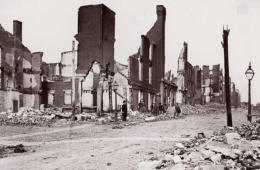
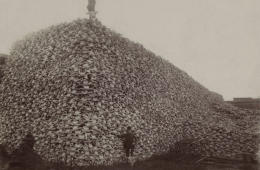
Industrialization/Progressive Era
America began to move to cities, farms and businesses mechanized, immigrants were lured by the huge demand for factory labor, and America began to search for solutions for workplace safety, child labor, and income inequality. The photo of 12 year old Ronald Webb and 7 year old Frank Robinson above was taken nearby in a Roanoke, Virginia cotton mill in 1911 (from the Library of Congress)Spanish-American War
Goaded into the Cuban indepedance movement from Spain by an unexplained explosion of the U.S.S. Maine and sensational newspaper reports, this short conflict gained America the respect of foreign nations and presented us the choice of becoming an American Empire with the territories gained. The stereograph photo of soldier’s graves at San Juan hill was published in 1899 by H. W. Griffith (from the Library of Congress)World War I
Also known as the Great War, competition for colonies, and tangled alliances drew much of Europe and it’s global colonies, and eventually the United States into a massive conlict that still shapes our world over 100 years later. The photo from 1918 shows two soldiers trying to untagle a wounded third from barbed wire (from the Library of Congress).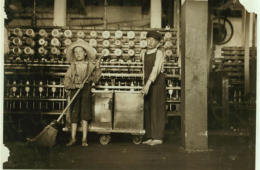
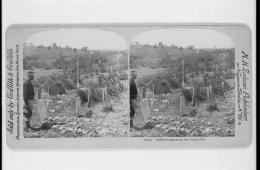
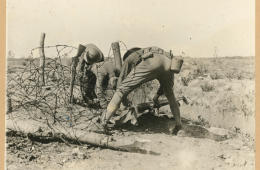

































Boom & Bust
The post WWI period was a time of great economic growth, fueled by new inventions and labor-saving devices, electrification, easy credit, and advertising. Eventually, oversaturated markets brought that prosperity to an end and a stock market crash, as global economic depression challenged America. The 1937 photo of dust bowl refugees from Texas at a roadside camp in Caifornia is by Dorthea Lange. (From the Library of Congress)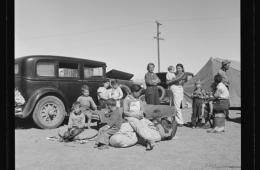
World War II
The largest conflict in human history, it eventually swept up the United States, joining the Allies against the Axis powers of Germany, Italy, and Japan. Americans mobilized as never before on the home front and overseas, reshaping the world in many ways, ushering in the nuclear age. This iconic photo of Americans landing on the beaches of Normandy during the D- Day invasion shows the incredible bravery of American G.I.’s (From the Library of Congress)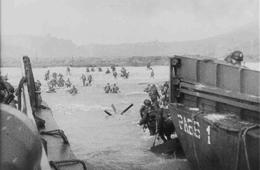
Modern America
This unit focuses on the dramatic social, political, and economic changes of the last 40 years, caused in part by advances in tehonology, and looks forward to the challenges of the future. Seemingly everywhere in the late 1980’s, from MTV to his own TV series, to ads for New Coke, Max Headroom was there to take us “20 minutes into the future.” (From NPR)
Cold War
Post-War tensions between the U.S. and the Soviet Union led to a nuclear arms race, as both nations competed for global power and influence in every way short of actual war. Containment shaped our foreign policy as well as our invlovement in Korea and Vietnam. Kennedy and Kruschev arm wrestle sittng on Hydrogen Bombs in this polical cartoon(From the Universitat Autònoma de Barcelona)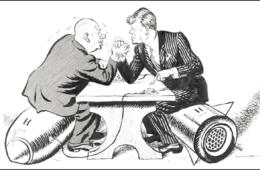
Civil RIghts & Post-war America
The courageous struggle for and gradual expansion of civil rights for African Americans, but many other groups as well, provides a central theme in post-war domestic history. This 1965 photo shows African Americans protesting police brutality in Selma, Alabama and demanding voting rights. (From the Library of Congress)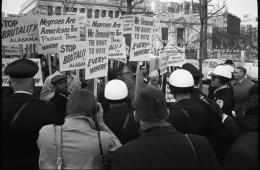


HISTORY ONLINE 24/7/365
mrbower.com
U. S. HISTORY II RECONSTRUCTION TO
PRESENT 1865-2019
Use the drop down menus in
U.S.History 2 above or click the more
info buttons below to visit unit pages!
While your teacher or school may do things very differently, I cover 1865 to date and divide the material based on the Virginia Standards of Learning into the units you see below.
Geography
Students will be required to know the 50 states, know the political regions as described in the VIrginai Standards of Learning (which may be different than the way other books or state may describe them) and several key cities. The mapping games on the Geography page may be a big help if you don’t yet know your states.Reconstruction
Reconstruction focuses on reparing the many problems left at the end of the Civil War, from physical rebuilding, to incorporating 4 million formerly enslaved African Americans many of which had been denied basic literacy skills, to allowing rebellious governments to rejoin the American political progress. It is a period of great challenges and promise, but also great failure to completely rejoin the rest of America. While much of the unit focuses on political reconstruction, this phot of Richmond, Virginia gives a sense of the physical damage left by the Civil War, and just how much political and social repair was also required to patch the many differences between north and south (From the Library of Congress)Westward Expansion
The Transcontinenal Railroad opened up and connected east and west, but made conflicts with Native Americans on those lands inevitable. As more Americans move west and slaughterd the buffalo herds natives relied on, tensions increased. The above photo is a pile of bison skulls piled after the animals were slaughtered and the skins harvested for sale back east (From the Smithsonian)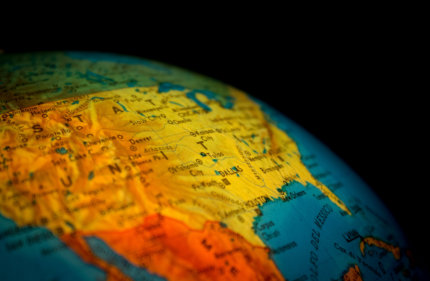
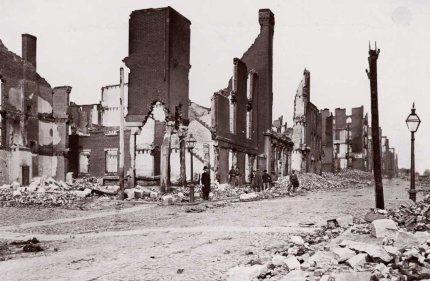
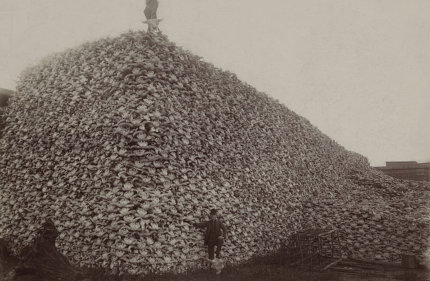
Industrialization/Progressive Era
America began to move to cities, farms and businesses mechanized, immigrants were lured by the huge demand for factory labor, and America began to search for solutions for workplace safety, child labor, and income inequality. The photo of 12 year old Ronald Webb and 7 year old Frank Robinson above was taken nearby in a Roanoke, Virginia cotton mill in 1911 (from the Library of Congress)Spanish-American War
Goaded into the Cuban indepedance movement from Spain by an unexplained explosion of the U.S.S. Maine and sensational newspaper reports, this short conflict gained America the respect of foreign nations and presented us the choice of becoming an American Empire with the territories gained. The stereograph photo of soldier’s graves at San Juan hill was published in 1899 by H. W. Griffith (from the Library of Congress)World War I
Also known as the Great War, competition for colonies, and tangled alliances drew much of Europe and it’s global colonies, and eventually the United States into a massive conlict that still shapes our world over 100 years later. The photo from 1918 shows two soldiers trying to untagle a wounded third from barbed wire (from the Library of Congress).